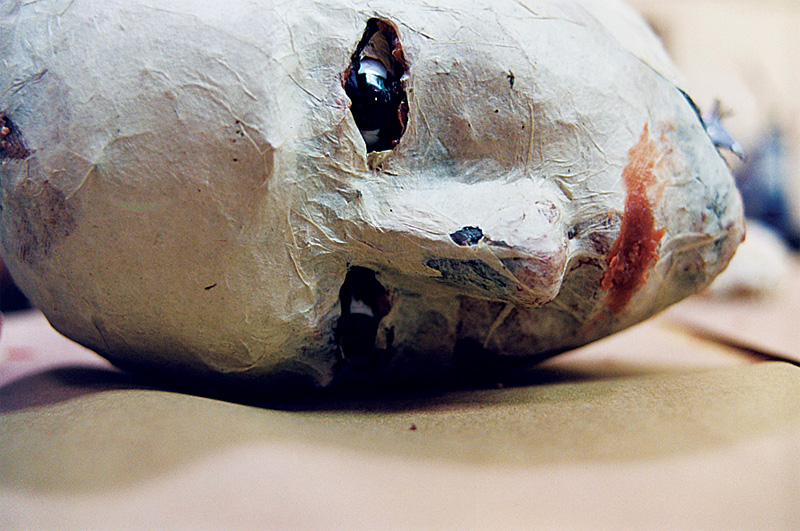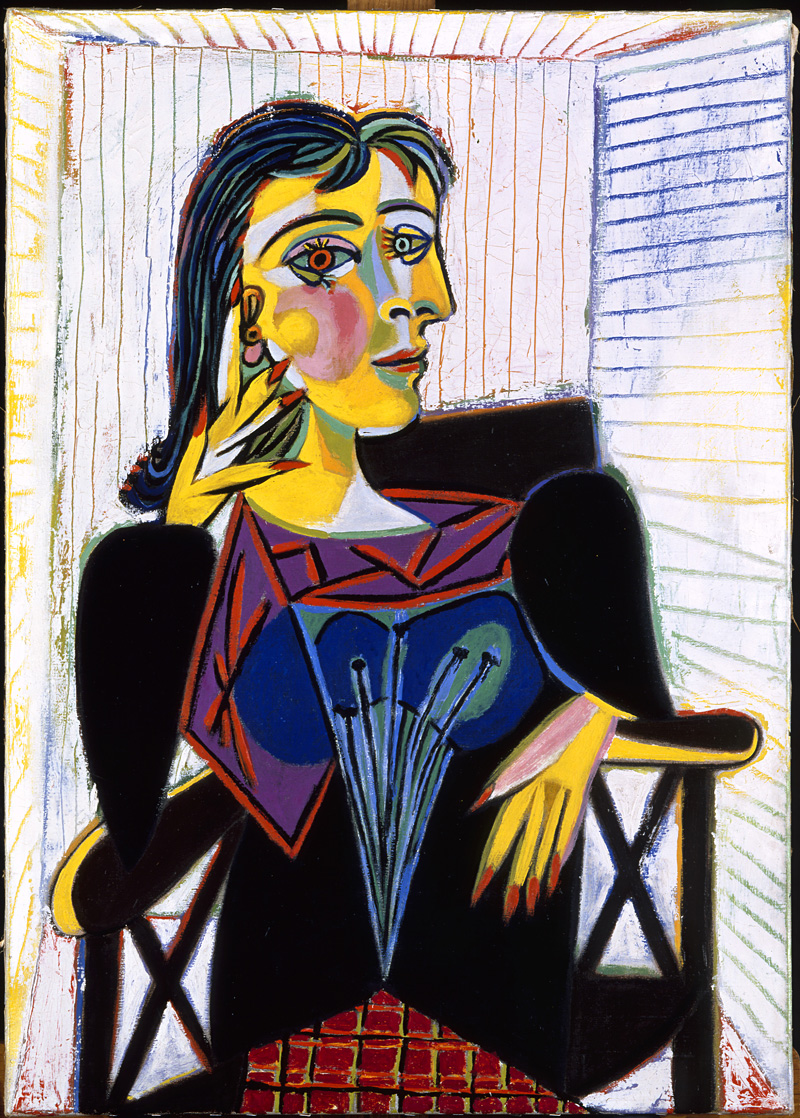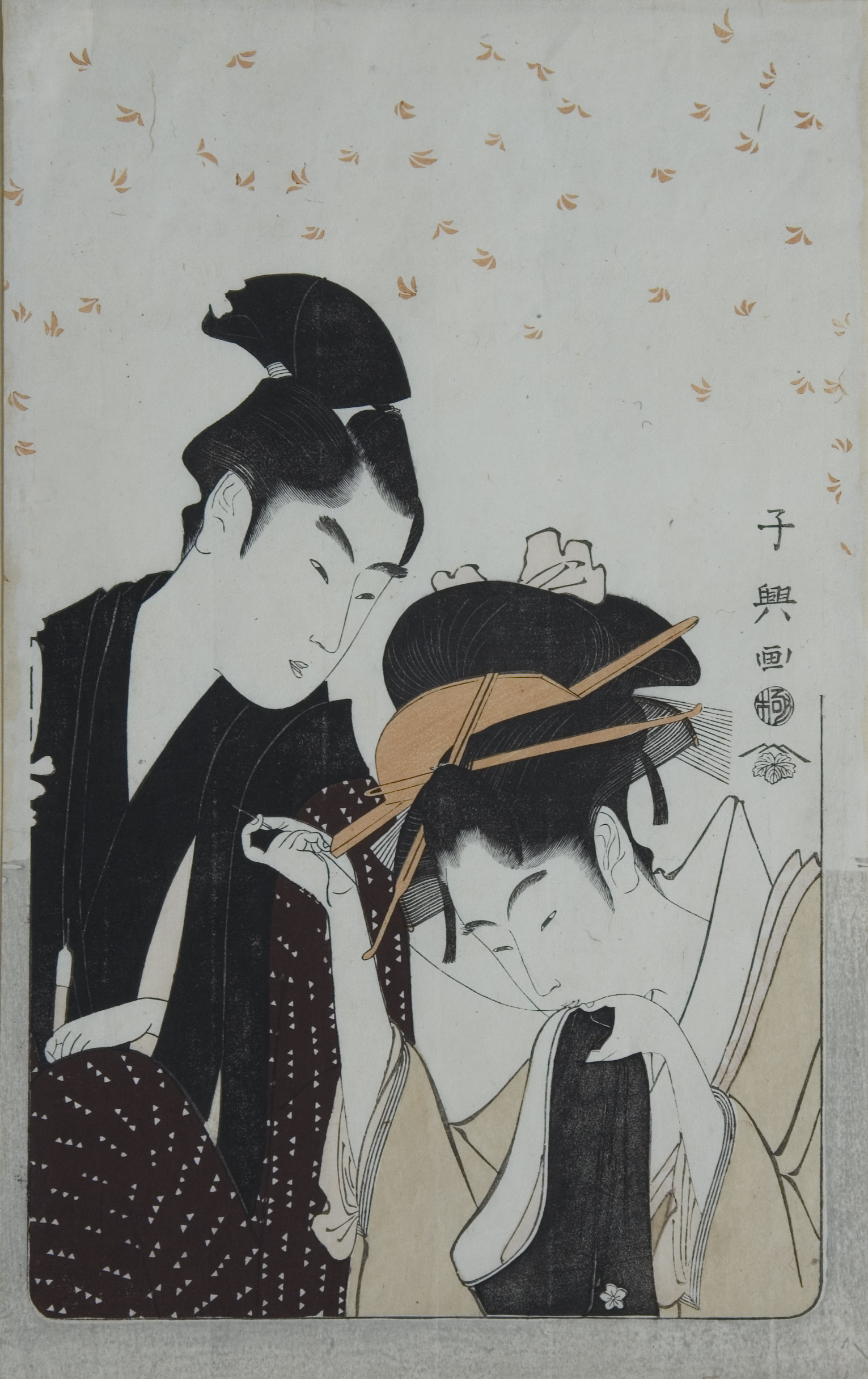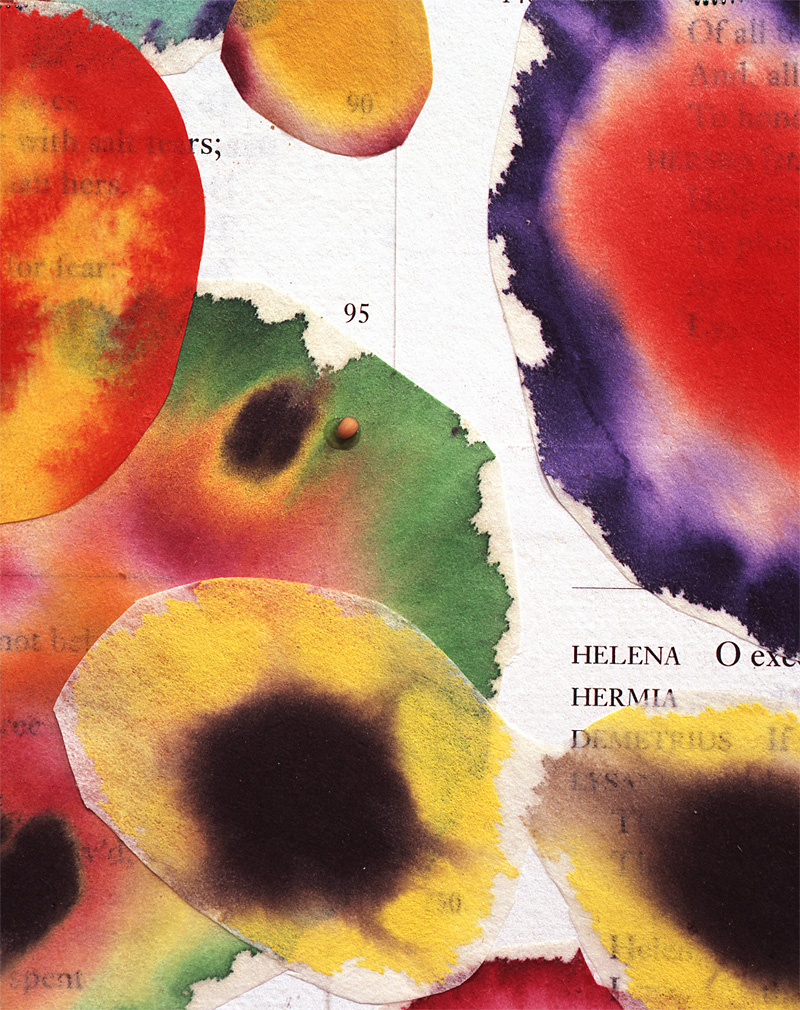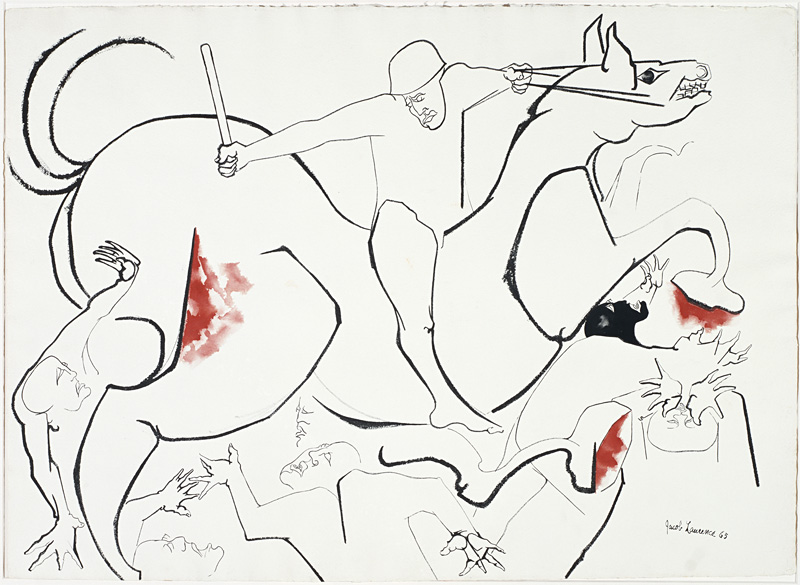Walking into the Kiki Smith show at the Henry is like walking into a movie in the artist’s mind—a relentless procession of images. More than a thousand 4″ x 5″ snapshots line the gallery walls, at ankle height. Above those are another 150 or so wall-mounted pieces: framed photographs, sculptures, graphics. In the center of the room are human-scale bronze figures, video screens, small pieces on pedestals, and library cases of artists’ books. Songbirds with female busts and heads—mutelyalighted in the belle époque–ish doorframes and wainscoting—seem to watch us from above, while fallen crows are scattered on the floor.
Smith simply refuses to edit herself, spinning off wildly creative (and unapologetically uneven) works intuitively, usually refusing to explain the results. “I just did what I felt like,” is how she explains one piece to Henry curator Elizabeth Brown in the landmark book accompanying the show. “I have no idea why.” She said pretty much the same at her Kane Hall lecture the night before the exhibit opened. She despises art-school orthodoxies (despite her brief stint as a film student). Pushing 60, she’s still a headstrong child savant.
Smith is most known for blood-and-guts sculptures of the female body. Not just visceral, they’re often viscera, and in-your-face. Below the life-size bronze Upside Down Body—a mooning woman staring back at us from between her legs—there’s a beaded web suggesting snail slime, a trailing veil, molecules, or the Milky Way. This is the kind of piece that tagged Smith in art history as a feminist rebuking the male gaze. But it’s also about rubbing our nose in our mutual mortality, and upending the tradition of the monumental bronze nude: the eternal, idealized body, now an ordinary, real woman, frozen in a charged moment.
What’s most remarkable in the show is the way Smith photographs her own art in staged settings, so you view it through her internal drama. In one shot, we see the same mooning woman, close up from the front, dominating the frame, but blurry, while the large sculpture of a woman whose skin seems peeled back, Untitled (Mary Magdalene), is in the background, across the room, in sharp focus but tiny, so you can’t see her missing skin. Sculptures that are relentlessly material in person become otherworldly in these photographs. They’re no longer art objects; they’re visions, hallucinations, characters in Smith’s mythological narrative.
In recent years, Smith has shifted her attention from flayed bodies to fairy-tale subjects, sometimes intentionally sentimental, and some critics have found them less compelling than her previous, grislier work. But seen through her camera lens, as in Untitled (Alice, Red Ridinghood, and Wolf), her beautiful, chess-piece-like, Alice-in-Wonderland figurines are transmogrified. With the drama of shadow and light, they’re no longer dear keepsakes, but players in a haunting mystery.
One killer image that conveys Smith’s introspective, out-of-body experience is Untitled (Head of Guanyin), a photo of a white mask with red lips and what seem like real eyes, though there is no head behind the mask. In this frame from Smith’s reel, your body is a case with a consciousness trapped inside. You don’t control how the container is viewed or how it’s used, but you’re in it. These “scenes” have the impact of myth, a myth in which nature is poignant and ephemeral, and animals are us.
White Mammals consists of ceramic reliefs of what look like voles, rodents, gophers, and rabbits sliced horizontally. They seem to be vanishing before our eyes into the white void surface of the pedestal. Above them are scratchy, schematic etchings, like faint photocopies of the same forms, or some CAT scan. Sometimes Smith’s drawing style can be naively illustrative, but here it works powerfully as a dissolving trace, a slice of one life as a comment on all life.
Instead of seeing Smith’s work frame by frame, edited into discrete periods, the Henry’s terrific show reveals the theme of the movie Smith’s work adds up to. Her elusive and free-floating mythology of nature, mortality, and the body is beyond the capacity of the art-world institutions that have previously contained it. This show reminds us that the artistic process may not always be as easily quantifiable as academics, and the marketplace, might have you believe.
